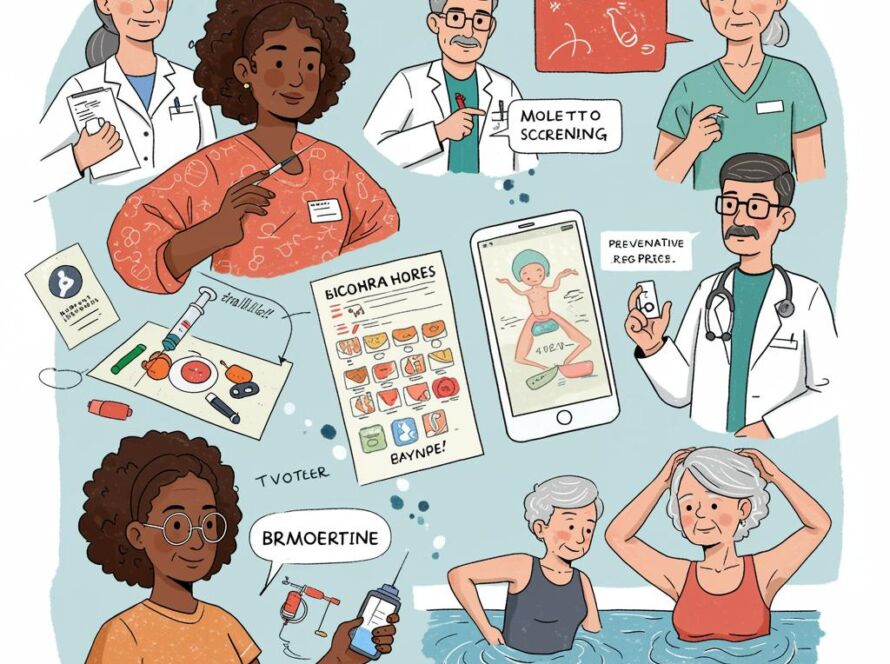Boost Game Sales: Box Art That Grabs Players
Game Box Art Generator: Boosting Player Appeal
Creating compelling box art is crucial for any game’s success. It’s the first impression, the silent salesperson on a crowded digital storefront. With the rise of game box art generators, indie developers now have powerful tools at their disposal to create professional-looking visuals without breaking the bank. But simply using a generator isn’t enough. Understanding how to leverage these tools to maximize player appeal is the key to standing out.
Understanding Your Target Audience
Before diving into a generator, define your ideal player. Who are they? What genres do they enjoy? What art styles resonate with them?
Researching Competitors
Analyze successful games in your genre. Pay attention to their box art: color palettes, composition, character portrayal, and overall mood. Identify trends and consider how you can differentiate your game while still appealing to the target audience.
Defining Your Game’s Unique Selling Proposition (USP)
What makes your game special? Is it the innovative gameplay, the captivating story, the unique art style? Your box art should clearly communicate this USP and grab the player’s attention.
Maximizing Visual Impact with Generators
Game box art generators offer a variety of templates, assets, and customization options. Knowing how to use these effectively is essential.
Choosing the Right Template
Select a template that aligns with your game’s genre and mood. A minimalist template might work well for a puzzle game, while an action-packed template suits a fast-paced platformer.
Utilizing High-Quality Assets
Many generators offer libraries of stock images and illustrations. Choose assets that are high-resolution and visually appealing. Consider investing in custom artwork or using your own if budget allows.
Typography and Text Placement
Your game’s title should be clear, legible, and prominently displayed. Choose a font that complements the overall design and reflects the game’s tone. Keep text concise and impactful.
Color Psychology and Composition
Color evokes emotions and influences player perception. Understanding color psychology can significantly impact your box art’s effectiveness.
Choosing the Right Color Palette
Warm colors like red and orange can convey excitement and energy, while cool colors like blue and green can suggest tranquility or mystery. Use a color palette that aligns with your game’s theme and target audience.
Creating a Focal Point
Guide the viewer’s eye by creating a clear focal point. This could be the main character, a key gameplay element, or the game’s title. Use composition techniques like the rule of thirds to create a visually appealing and balanced design.
Testing and Iteration
Creating effective box art is an iterative process. Don’t be afraid to experiment and refine your design based on feedback.
A/B Testing
Create multiple versions of your box art and test them with your target audience. Gather feedback on which version is most appealing and effectively communicates the game’s essence.
Gathering Feedback
Share your box art designs with friends, colleagues, and potential players. Ask for honest feedback on what works and what could be improved. Be open to constructive criticism and use it to refine your design.
Conclusion
Creating captivating game box art is an essential step in attracting players. By understanding your target audience, leveraging the power of game box art generators, and applying principles of visual design, you can create box art that not only looks professional but also effectively communicates your game’s unique appeal and drives player engagement. Remember, your box art is your game’s first impression – make it count!


